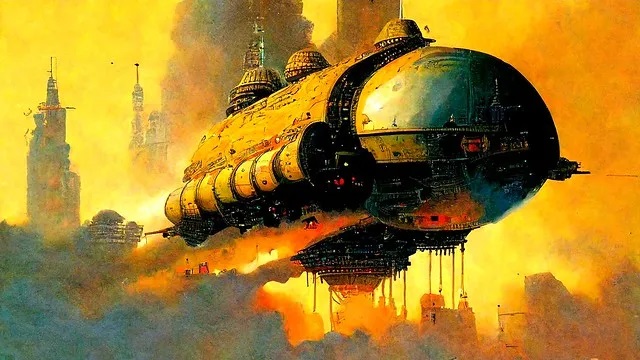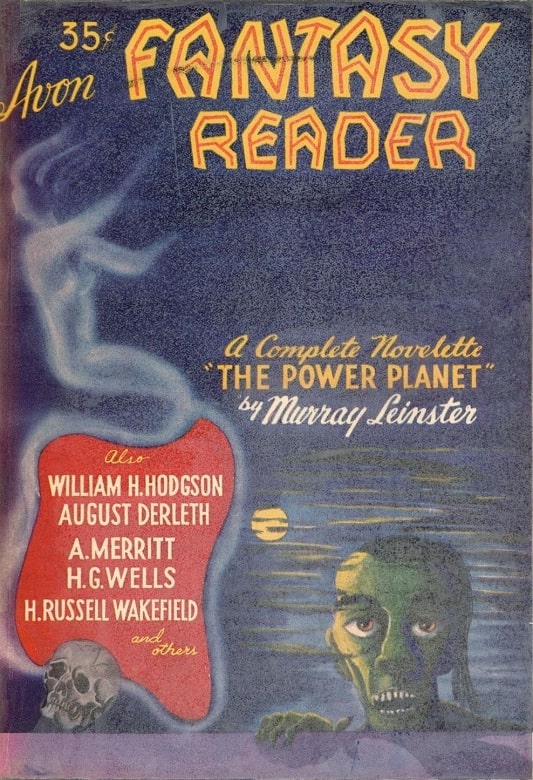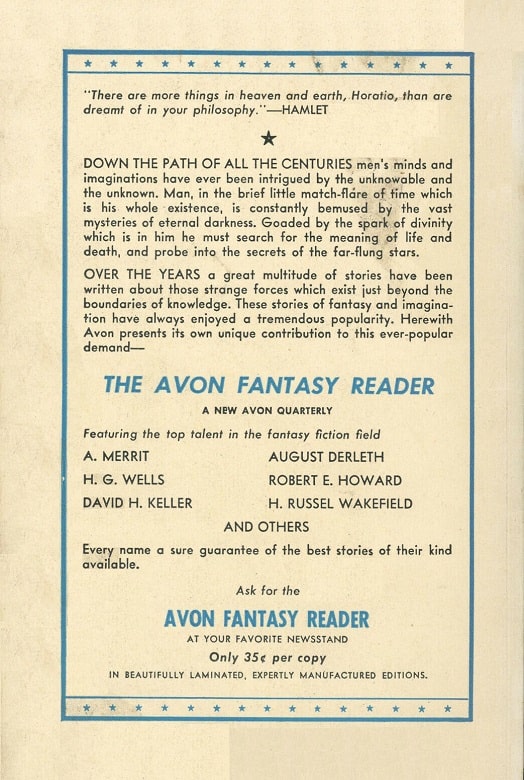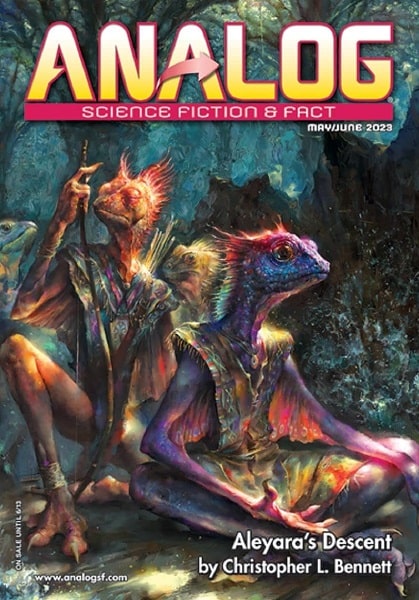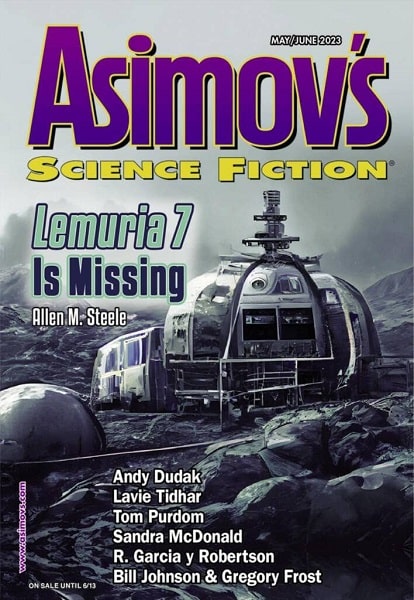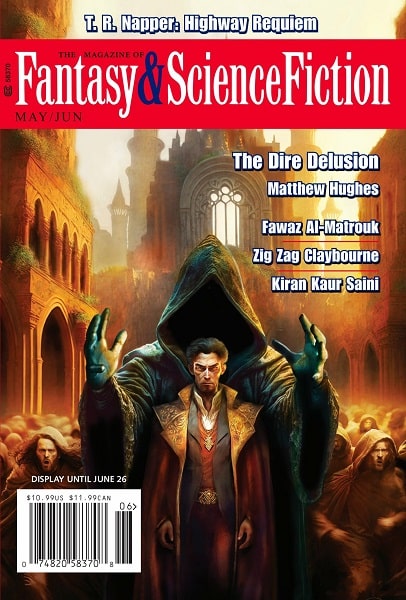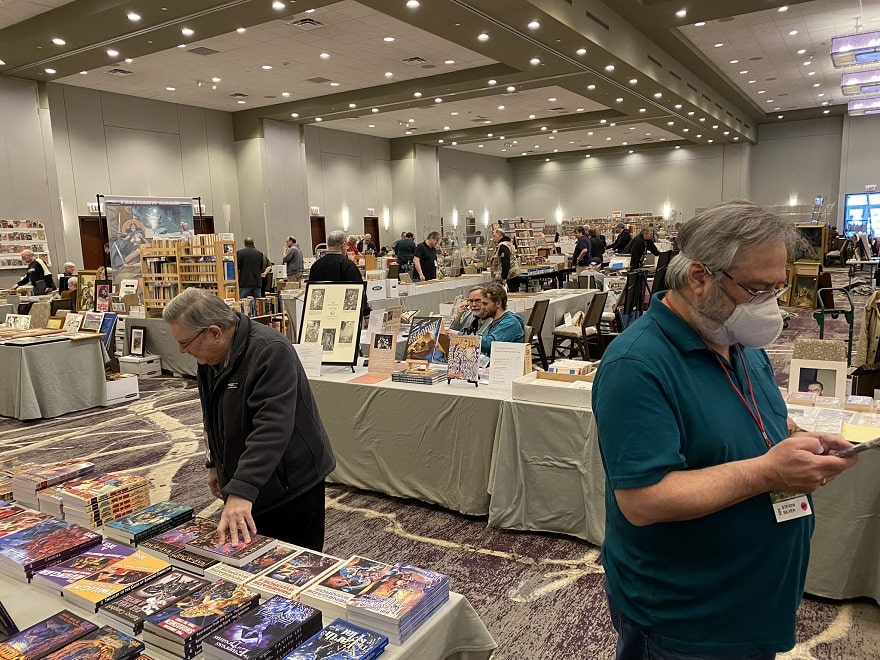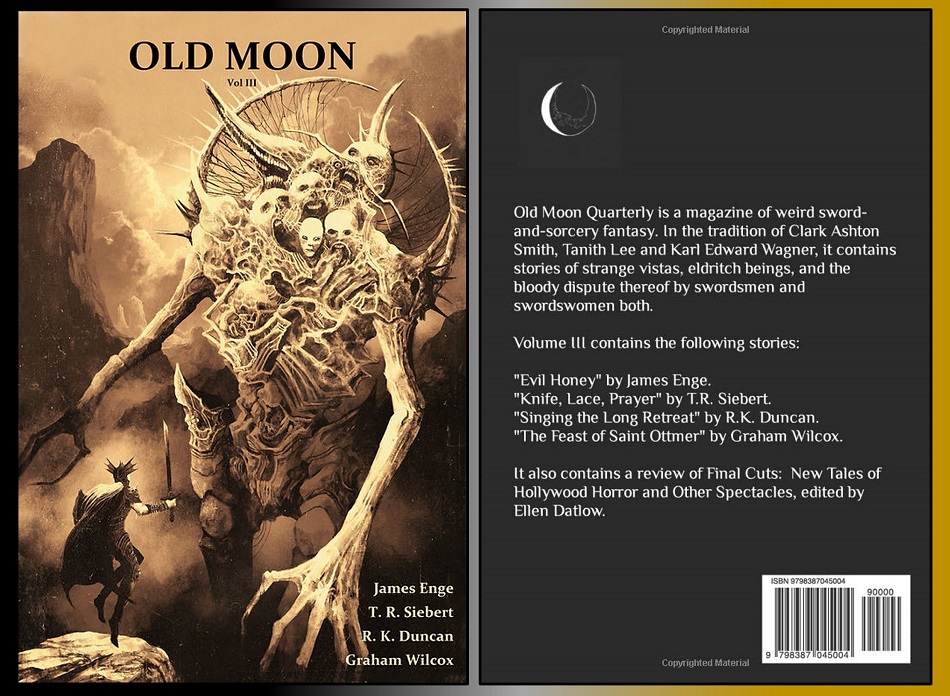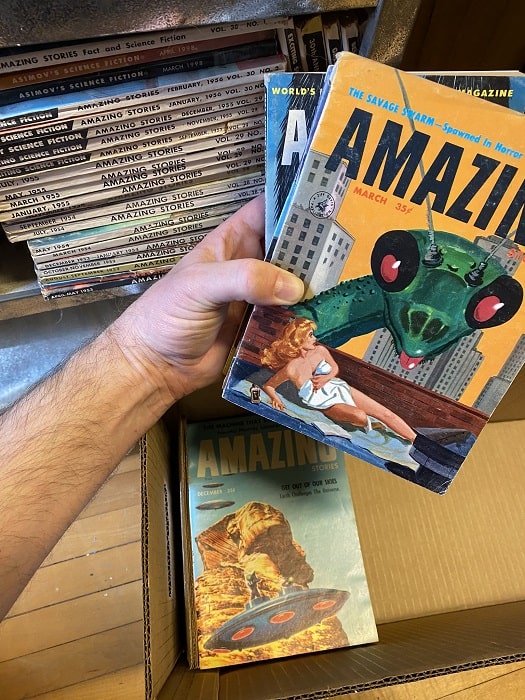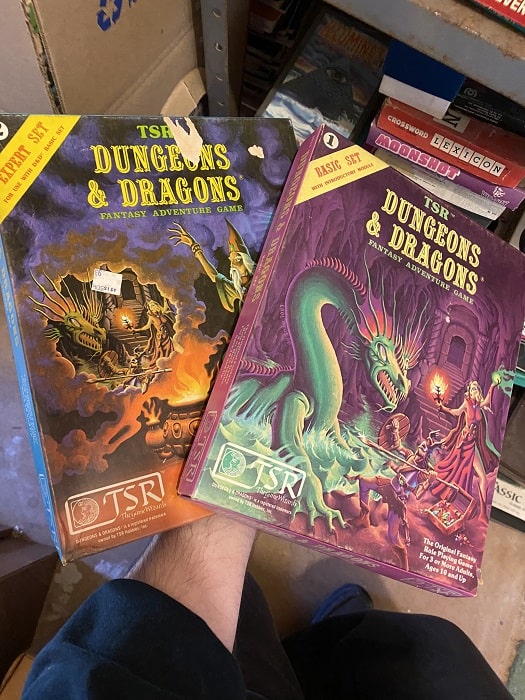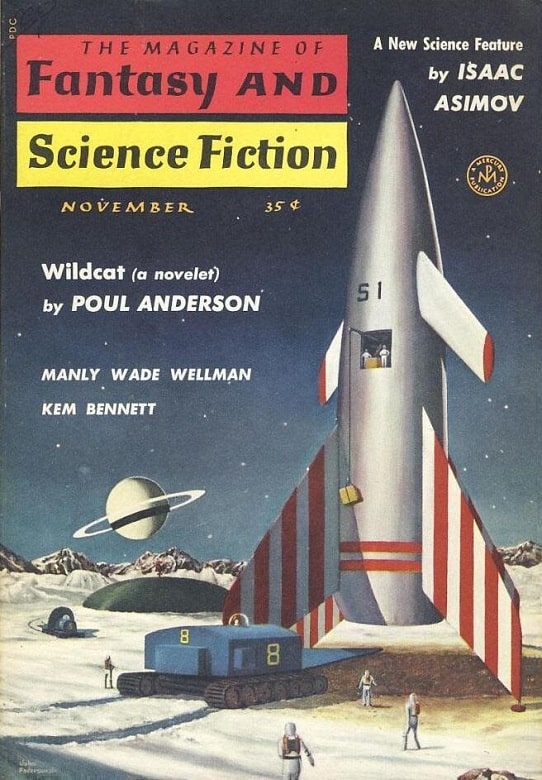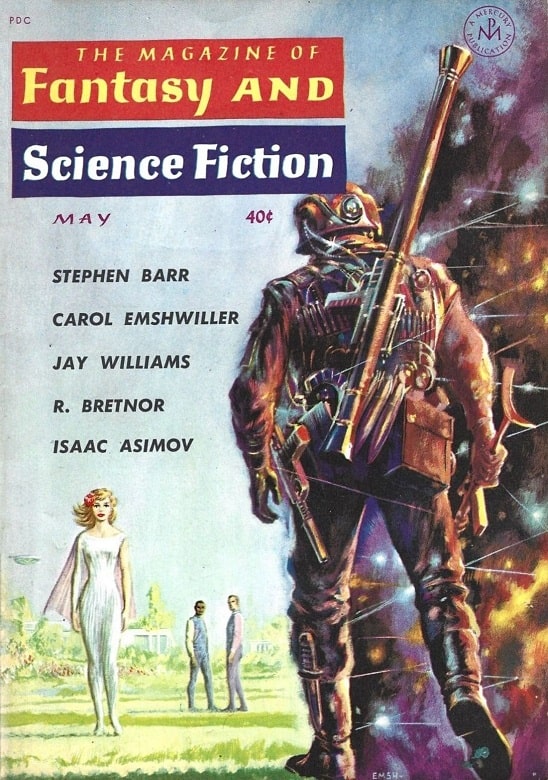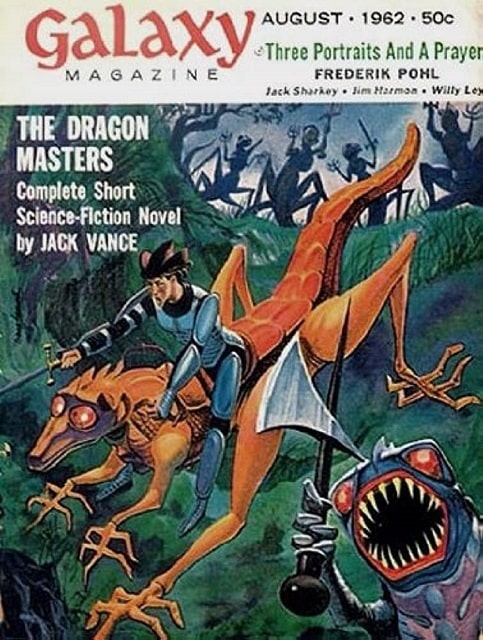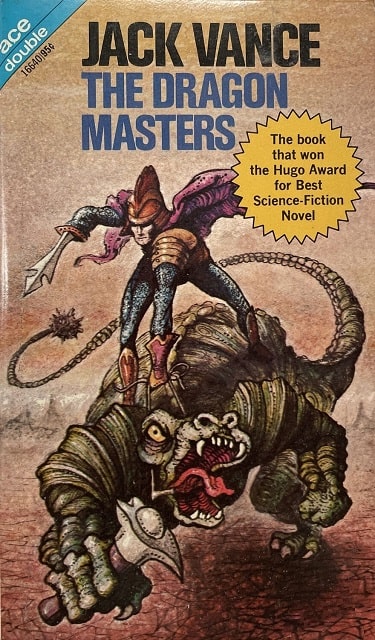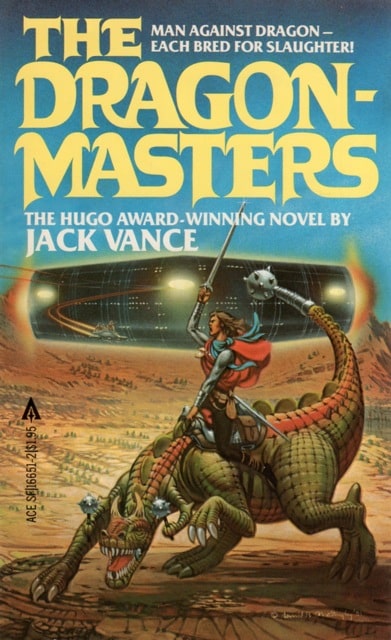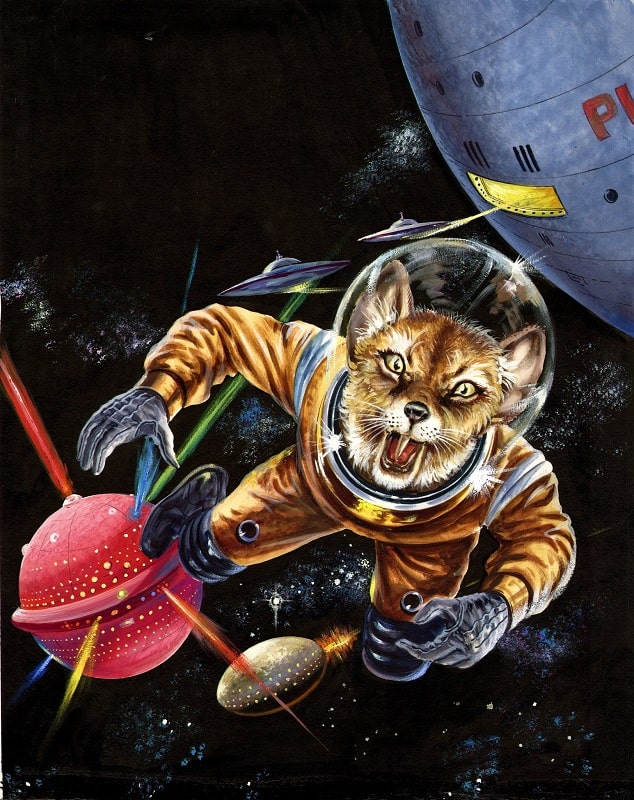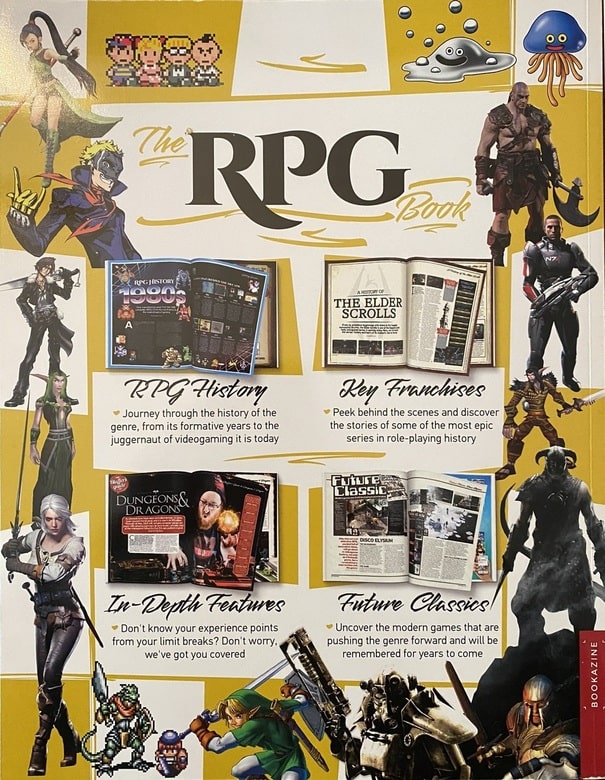GW Thomas on Interplanetary Graveyards, Cemetery Worlds, and Junkyard Planets
Art by Chris Foss
GW Thomas’s Dark Worlds is one of the better blogs out there, at least for fans of classic SF, comics and pulps. In just the last few weeks he’s discussed Sword & Sorcery at Warren (Part 10: 1980), Bronze Age DC Werewolves (Parts 1, 2, and 3) and Golden Age Plant Monsters.
No one else is doing scholarship on plant monsters, and Thomas clearly deserves an award for that alone. But my favorite recent piece was his 2-part article on interplanetary graveyards, cemetery worlds, and junkyard planets in comics and pulps.
